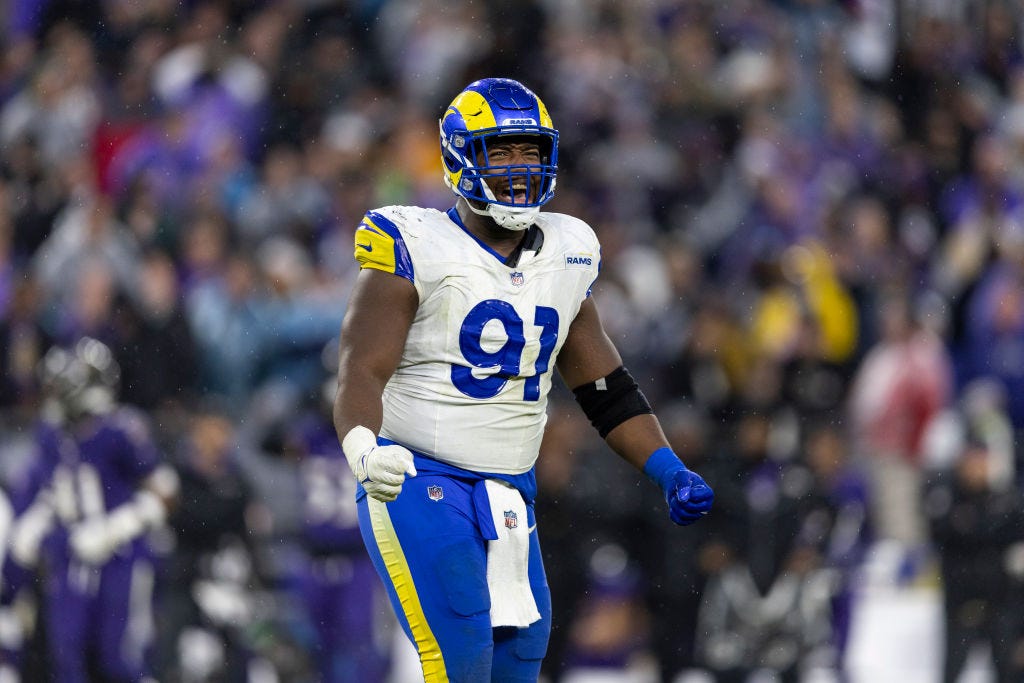Can We Truly Identify Combine Snubs for the NFL Draft?
I went through five years of “snub” lists for the NFL Draft Combine to determine if we’re any good at identifying which players were truly done dirty by the NFL Draft Combine process.
After the release of the 2025 NFL Combine invite list, draft analysts scrambled to compose a “snub” list, a separate group of players who wouldn’t attend but “deserved” an invite to the annual workout and interview process put together by National Football Scouting.
These are players that, in the estimation of third-party draft evaluators, had put together a compelling enough resume or have intriguing tools worth evaluating for the NFL draft later this year.
Certainly, the combine list isn’t perfect — how can it be? The purpose of the combine and the pro days that follow is to gather more information on players and hone team boards to better produce a draft strategy come April.
That means the process isn’t complete on a number of players — if the combine invite list perfectly reflected which players would get drafted, there would be no need for the combine in the first place; we’d already have near-perfect information.
As such, there are a number of players every year who don’t get invited to the NFL Draft Combine but do end up selected in the NFL Draft. Official NFL Communications to media indicate that 85 percent of players drafted over the past six years were combine invitees, suggesting that just under 40 or so players who were not invited to the event end up selected in the NFL draft.
Conversely, about 60 or so players who were invited to the NFL Combine were not selected, on average.
If we think of the combine as something symbolically more than an information-gathering exercise – an honor that suggests a level of acclaim from NFL teams – then certainly we can think of those 40 players (and the many more who went on to have strong NFL careers after going undrafted) as “snubs.”
We know that a number of players think of it this way; Phillip Lindsay is one of dozens of players who encourage non-invitees (and non-draftees) to keep their heads up through the process and keep the faith. We know that the NFL thinks this way in some ways as well — changing the rules to prevent those with significant off-field concerns from attending the event signals that the symbolic value will be denied to them even though it’s clear that these players might require the most information-gathering.
Of note, the nature of a combine “snub” has changed over time. Changing rules about which players could get invited to the combine means that not every comparison is 1:1 – players who were off-field concerns in previous years wouldn’t be invited in more recent years, and some players decline their invitation without many members of the media aware of that.
Lindsay was one of the snubs identified by analysts before the combine, and they were certainly on to something. Analysts were consistent about their feelings on Lindsay, too — he was ranked 242nd by consensus and was widely regarded as a draftable prospect with a low variance in rankings (variance score 85.0 when the average is 100.0).
But is that a pattern? How often do well-identified snubs get drafted? I went through five years of media analysis data to determine the answer to that question.
Do Media-Identified Combine “Snubs” Get Drafted Often?
Keep reading with a 7-day free trial
Subscribe to Wide Left to keep reading this post and get 7 days of free access to the full post archives.



